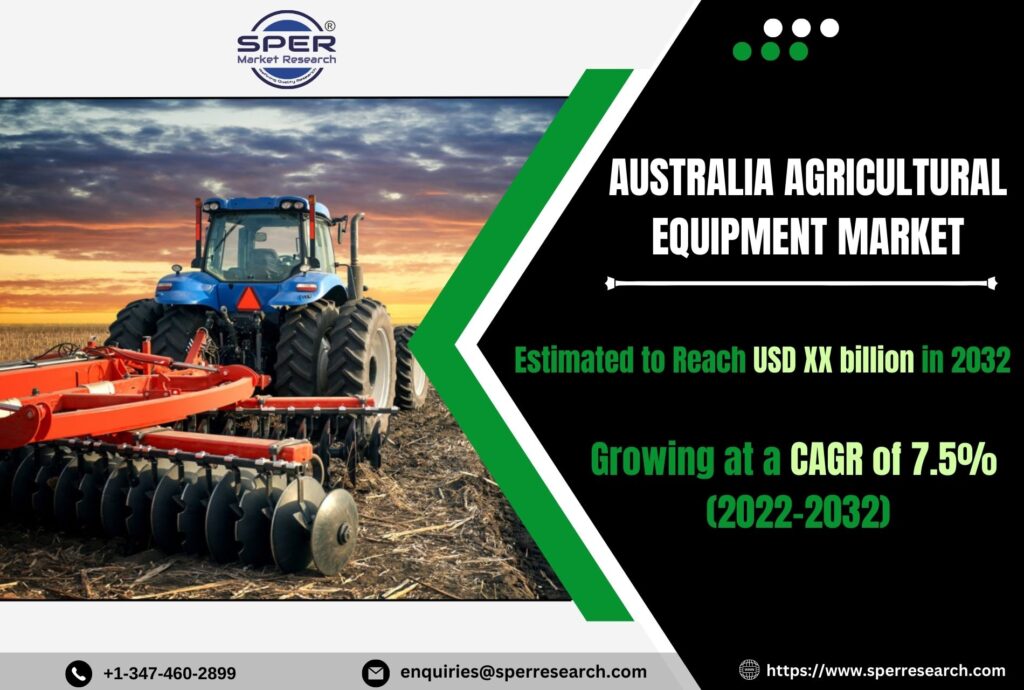Crop protection is the use of insecticides to protect a crop from pests by limiting their number and protecting them so that crop and yield are not harmed. Pesticides are an essential component of agriculture, and while the industry is mature, there is growing awareness and desire for bio pesticides to reduce environmental harm. Certain pesticides, such as glyphosate, atrazine, and chlorpyrifos, have been phased out, increasing demand for bio pesticides. Bio pesticides are non-poisonous pesticides derived from animals, plants, microbes, and minerals.
According to SPER Market Research, ‘North America Crop Protection Chemicals Market Size- By Origin, By Type, By Crop Type – Regional Outlook, Competitive Strategies and Segment Forecast to 2033’ state that the North America Crop Protection Chemicals is predicted to reach USD 34.16 billion by 2033 with a CAGR of 12.03%.
North America Crop protection market drivers include rising food demand, shrinking arable land due to urbanization, rising population, the need for higher crop production, increased food and health safety awareness, and advancements in farming practices and technology. The growing demand for biofuels and alternative crops like hemp and cannabis is boosting the demand for crop protection chemicals formulated specifically for these crops. Also, organic farming is quickly expanding in North America, and organic farmers are increasingly employing crop protection agents that have been certified for use in organic farming. Climate change is increasing the demand for crop protection chemicals that can assist farmers in mitigating the effects of extreme weather events such as droughts and floods.
The North American Crop Protection Chemicals Market also faces several challenges like overuse of crop protection agents has resulted in the development of pest and disease resistance, making control difficult. The creation of novel crop protection agents necessitates major investment in R&D, and the costs involved with this process can be prohibitively expensive. This difficulty may impede smaller enterprises’ capacity to compete with larger, more established market participants. Also, there is growing public concern over crop protection chemicals’ potential influence on the environment and public health. As a result, market participants face issues linked to public image and awareness, which may have an impact on their brand reputation and sales.
Impact of COVID-19 on North America Crop Protection Chemicals Market
The COVID-19 epidemic has had both beneficial and negative consequences on the crop protection chemical market in North America. The pandemic has affected global supply lines, causing delays in crop protection chemical manufacture and distribution. This has resulted in chemical shortages and price increases for others. The epidemic has hastened the implementation of digital agriculture solutions, including as precision agriculture technologies and digital pest monitoring systems. This has increased demand for digital solutions that can assist farmers in optimizing their crop protection chemical use. As regulatory agencies focus their attention on addressing the pandemic, the regulatory process for new crop protection chemicals has been slowed. Despite the reduction in agricultural demand, the epidemic has also.
Request For Free Sample Report @ https://www.sperresearch.com/report-store/north-america-crop-protection-chemicals-market.aspx?sample=1
Furthermore, the North America Crop Protection Chemicals Market comprises the United States and Canada. In terms of market share and revenue, the United States dominates this market. Canada has a strong agricultural sector, but its market share is lower than that of the United States. In addition, some of the market key players are Adama Agricultural Solutions Ltd., BASF SE, Bayer Crop Science, Corteva Agriscience, FMC Corporation, The Dow Chemical Company.
North America Crop Protection Chemicals Market Key Players:
The market study provides market data by competitive landscape, revenue analysis, market segments and detailed analysis of key market players such as; Adama Agricultural Solutions Ltd., BASF SE, Bayer Crop Science, Corteva Agriscience, FMC Corporation, Monsanto Company, Nufarm Ltd, Sumitomo Chemical Co., Ltd., Syngenta AG, The Dow Chemical Company.
North America Crop Protection Chemicals Market Key Segments Covered
The SPER Market Research report seeks to give market dynamics, demand, and supply forecasts for the years up to 2033. This report contains statistics on product type segment growth estimates and forecasts.
By Origin: Based on the Origin, North America Crop Protection Chemicals Market is segmented as; Bio-based, Synthetic.
By Type: Based on the Type, North America Crop Protection Chemicals Market is segmented as; Fungicide, Herbicide, Insecticide, Other Crop Protection Chemicals.
By Crop Type: Based on the Crop Type, North America Crop Protection Chemicals Market is segmented as; Cereals and Grains, Fruits and Vegetables, Pulses and Oilseeds, Turf and Ornamentals.
By Region: This report also provides the data for key regional segments of Canada, Mexico, United States, Rest of North America.
For More Information, refer to below link:-
North America Crop Protection Chemicals Market Growth
Related Reports:
Follow Us –
LinkedIn | Instagram | Facebook | Twitter
Contact Us:
Sara Lopes, Business Consultant – USA
SPER Market Research









